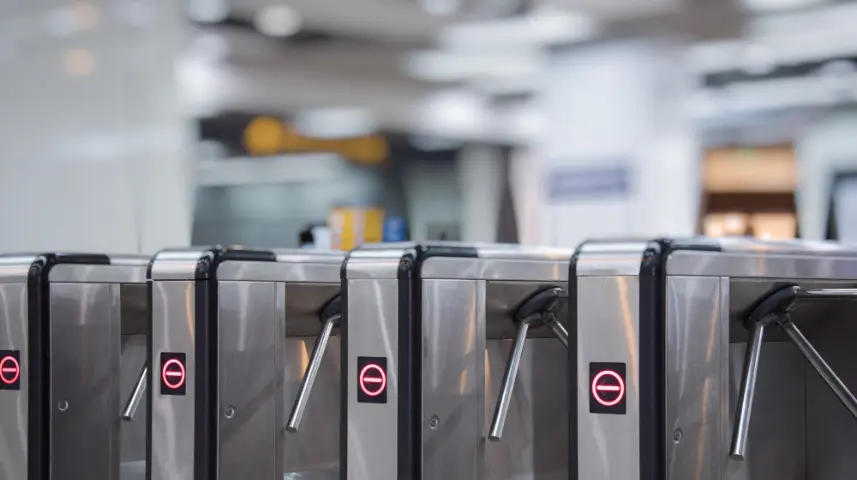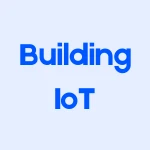
10 Ways A Smart Access Control System Differs from the Conventional Ones
Access Control Systems - Are They Smart Enough?
Although access control systems have been around for three decades now, the systems have not really evolved with time. Most of industry still operates with on-premises client server-based systems.
In a traditional access control system, the physical presence of a person is required to add access cards for employees, for example. This involves manual and redundant work around staff, vendors, visitors, etc.
When COVID hit, companies discontinued their staff on the fingerprint biometric. At the same time, integration with facial recognition devices wasn't the easiest option available, being a nightmare at worst for businesses.
Companies allowed their staff to enter without the fingerprint biometric scan. Overheads as well as the cost of shifting to facial recognition posed a significant risk.
A few, however, did install systems on facial recognition but failed to think big.
They ended up replacing an already inefficient system with a more modern-looking inefficient system.
In 2021, businesses should be looking for solutions that automate processes related to work from home (WFH), travelling to and accessing multiple office locations, using shared work spaces, touchless entries, reservations of work spots, and automated parking.
An access control system, for the vast majority in the industry, means - legacy systems, having a server in one or more locations, 24x7 electricity usage and power backup, zero mobility options, IT team involvement, complex networking infrastructure setups, and so on. All of these - mainly due to lack of knowledge and understanding about the latest and appropriate technologies.
These challenges are, however, avoidable. Thanks to the smart, new-age access control system.
Why Go For The Smart Ones?
At VersionX, we have dealt in depth with the technological and business challenges posed by traditional access systems.
A key characteristic of a smart technological solution is its integration with hardware.
Integration of access control systems with various hardware and third-party systems is complex custom work. It gets even more complicated for companies with offices in multiple locations and countries.
VersionX has built unique technological solutions for businesses in the new normal. These solutions are easier to use, cheaper, and more efficient, agile, and secure compared to the conventional/existing access control systems.
We have also been able to deliver on the challenges mainly because we build hardware and software infrastructure in-house. This places us in the unique position of having the expertise to meet any on-the-ground demands.
Our hardware is also future proof.
We provide a programmable controller. It essentially means that our clients do not need to replace the hardware even if there is any change in the process or technology.
We are bullish on the use of facial recognition and mobile technology in access control system as primary identification devices. In layman’s terms, our access control system technology uses a person’s face and mobile to unlock a door, based on the level of authorization.
No system should work in isolation. Rather, one system should help the other, thereby, providing automation across processes.
100% automation is possible with VersionX access control system. They are integrated with processes like Visitor Management Systems, Parking, Material Management, Vendor Management, Attendance, Guard Patrol System, Asset Auditing, Emergency Evacuation, Preventive Maintenance, Labour Management, and so on.
How A Smart Access Control System Differs From A Traditional One?
Let us now compare a smart, technologically advanced access control system with a conventional or traditional access control system.
The following points show how they compare and align in today's work environment.






